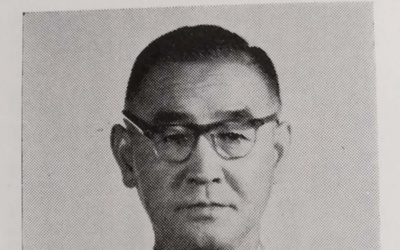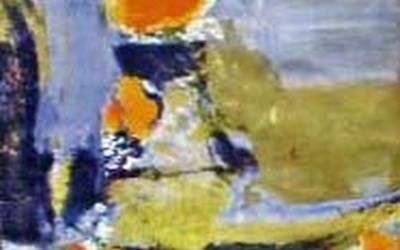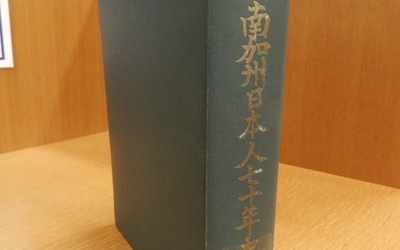The man who collected the records of the first generation: Following in the footsteps of Shinichi Kato

Around 1960, Kato Shinichi drove around the US, visiting the footsteps of the first generation of Japanese immigrants and compiling the results in "A Hundred Years of Japanese Americans in the US: A Record of Their Development." Born in Hiroshima, he moved to California and became a journalist in both Japan and the US around the time of the Pacific War. Although he escaped the atomic bombing, he lost his younger brother and sister, and in his later years he devoted himself to the peace movement. We follow the energetic path of his life, which spanned both Japan and the US.
Stories from this series
Part 5: Activities across Japan and the US
Jan. 8, 2021 • Ryusuke Kawai
From 1900 to 1961 In "A Hundred Years of Immigration to America," published in Japan in 1962 based on "A Hundred Years of Japanese Americans in the United States: Records of Development" published in 1961, author Kato Shinichi wrote in the preface that he had just entered junior high school in 1916 when he was called by his father and came to the American mainland. At the time of the outbreak of the war (Japan-US), he was working as editor …
Part 4: Respect for the Issei and Pride as a Japanese
Dec. 25, 2020 • Ryusuke Kawai
If you search for "Kato Shinichi" I learned that Shinichi Kato, who covered the footsteps of Japanese immigrants to the US mainland and compiled them into a book called "The Centennial History of Japanese Americans in the US," drove around the US alone, but the details of his journey were not clear in the afterword of the book. I wondered if there was anything else he had written. The first place I looked was the Internet. When I searched for …
Part 3: Traveling across the US to visit first generation Japanese
Dec. 11, 2020 • Ryusuke Kawai
"A Hundred Years of Japanese Americans in the United States" (published in December 1961), edited by Shinichi Kato, traces the footsteps of Japanese Americans in the mainland of the United States, excluding Alaska and Hawaii. Many pages are devoted to states along the Pacific coast where many Japanese emigrated and worked, with California being introduced separately into northern, central, and southern parts. The rest are lumped together as geographical units such as the "Three Central Northern States," the "Mid-Atlantic States," …
Part 2: Who Wrote the "Centennial History"?
Nov. 27, 2020 • Ryusuke Kawai
We know that Japanese people are living all over the world these days. But when we see or hear about these immigrants and settlers on television programs, we sometimes feel simple questions and surprises, such as "Why are there Japanese people in places like this?" and "Why is this person here?" For me, the first such example was when I learned about the Japanese colony (village) that once existed in Florida, USA, and the people who gathered there. This was …
Part 1: Following someone's life
Nov. 13, 2020 • Ryusuke Kawai
In 1960, a man drove around the US to follow in the footsteps of the first generation of Japanese immigrants. At the end of the following year, Kato Shinichi (then 61 years old) compiled his account of his experiences into a book called " A Hundred Years of Japanese Americans in the US - Chronicles of Development " (Shin Nichibei Shimbunsha). Originally from Hiroshima, he moved to California and became a journalist in both Japan and the US around the …







